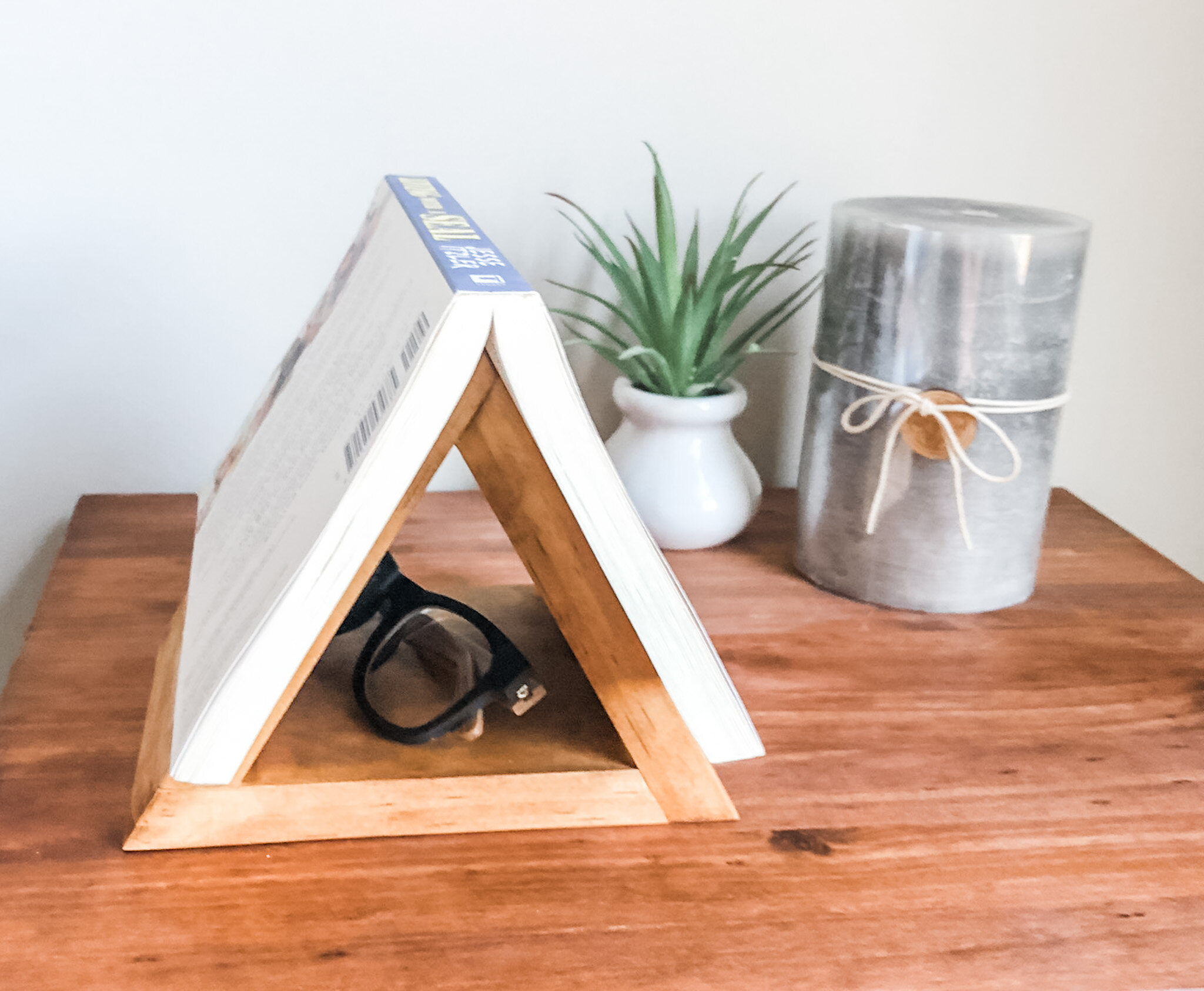How to Choose the Right Wood Glue for Your Project
Selecting the right wood glue for your woodworking project can mean the difference between a strong, durable bond and a failed joint that compromises the integrity of your work. With a wide array of wood glues available on the market, it's essential to know which adhesive is best suited for your specific application. In this comprehensive guide, we'll discuss the various types of wood glues, their strengths and weaknesses, and how to choose the right one for your project, ensuring optimal results and long-lasting durability.
Understanding the Types of Wood Glues
Wood glues are formulated with different chemistries to cater to various woodworking needs. Here are some of the most common types of wood glues and their characteristics:
PVA (Polyvinyl Acetate) Glue
PVA glue, including the popular yellow and white varieties, is an excellent all-purpose adhesive for woodworking projects.
Yellow glue (also known as carpenter's glue or aliphatic resin glue) is a popular choice for most woodworking applications, providing strong, rigid bonds and a fast set time.
White glue (also known as craft glue or school glue) is a more economical option, offering a longer open time but generally weaker bond strength compared to yellow glue.
Pros:
Easy to clean up with water
Non-toxic and safe to use
Provides a strong bond on porous materials
Dries clear or light-colored
Cons:
Not waterproof or water-resistant
Weaker bond strength on non-porous surfaces
Polyurethane Glue
Polyurethane glue is a moisture-curing adhesive that provides a waterproof bond, making it suitable for outdoor projects and applications where water resistance is essential.
Pros:
Waterproof and resistant to solvents
Bonds a wide range of materials, including wood, metal, and plastic
Expands as it cures, filling gaps and voids
Cons:
Longer clamping time required
Can be challenging to clean up once cured
Dark-colored adhesive may show through on light-colored woods
Epoxy Resin
Epoxy resin is a two-part adhesive that offers excellent bond strength, gap-filling properties, and durability, making it suitable for heavy-duty applications and structural repairs.
Pros:
Exceptional bond strength on a variety of materials
Waterproof and resistant to heat and chemicals
Excellent gap-filling capabilities
Cons:
Requires mixing of two components before use
Can be messy and challenging to work with
Relatively expensive compared to other wood glues
Hide Glue
Hide glue is an animal-based adhesive that has been used in woodworking for centuries. Available in both liquid and granular forms, it offers a unique set of benefits and challenges.
Pros:
Reversible and reworkable with heat and moisture
Excellent bond strength on porous surfaces
Traditional choice for antique furniture restoration
Cons:
Short open time and relatively long clamping time
Susceptible to damage from water and humidity
Requires heating for granular form and has an unpleasant odor
Choosing the Right Wood Glue for Your Project
When selecting the appropriate wood glue for your project, consider the following factors:
Type of Wood: Some glues work better on certain wood species, so be sure to choose a glue that is compatible with your chosen material.
Indoor vs. Outdoor Use: For outdoor projects or areas exposed to moisture, opt for a waterproof adhesive like polyurethane glue or epoxy resin.
Bond Strength Requirements: Choose an adhesive with adequate bond strength for your project, whether it's a light-duty craft or a heavy-duty structural repair.
Open Time and Clamping Time: Consider the working time you'll need for your project and select a glue that allows for proper assembly and clamping.
Ease of Use and Cleanup: Some glues are easier to work with and clean up than others. For example, PVA glue can be cleaned up with water, while epoxy resin may require a more intensive cleanup process.
Gap-Filling Capabilities: If your project requires filling gaps or voids, opt for an adhesive with good gap-filling properties, such as epoxy resin or polyurethane glue.
Compatibility with Finishes: Ensure the glue you choose is compatible with the finish you plan to use, as some adhesives may cause staining or discoloration.
Tips for Using Wood Glue
To get the best results from your chosen wood glue, follow these general tips:
Ensure both surfaces to be bonded are clean, dry, and free of dust or debris.
Apply glue evenly to both surfaces, avoiding excessive squeeze-out or pooling.
Use clamps or other methods to apply even pressure across the joint while the glue cures.
Follow the manufacturer's recommended clamping time and curing time for optimal bond strength.
Wipe away any excess glue with a damp cloth before it cures to simplify cleanup.
Selecting the right wood glue for your project is an essential aspect of successful woodworking. By understanding the various types of adhesives and their unique properties, you can make an informed choice that ensures a strong, durable bond and a professional-looking result.




Step by step instructions for building a continuous grain wine box!